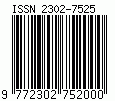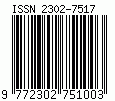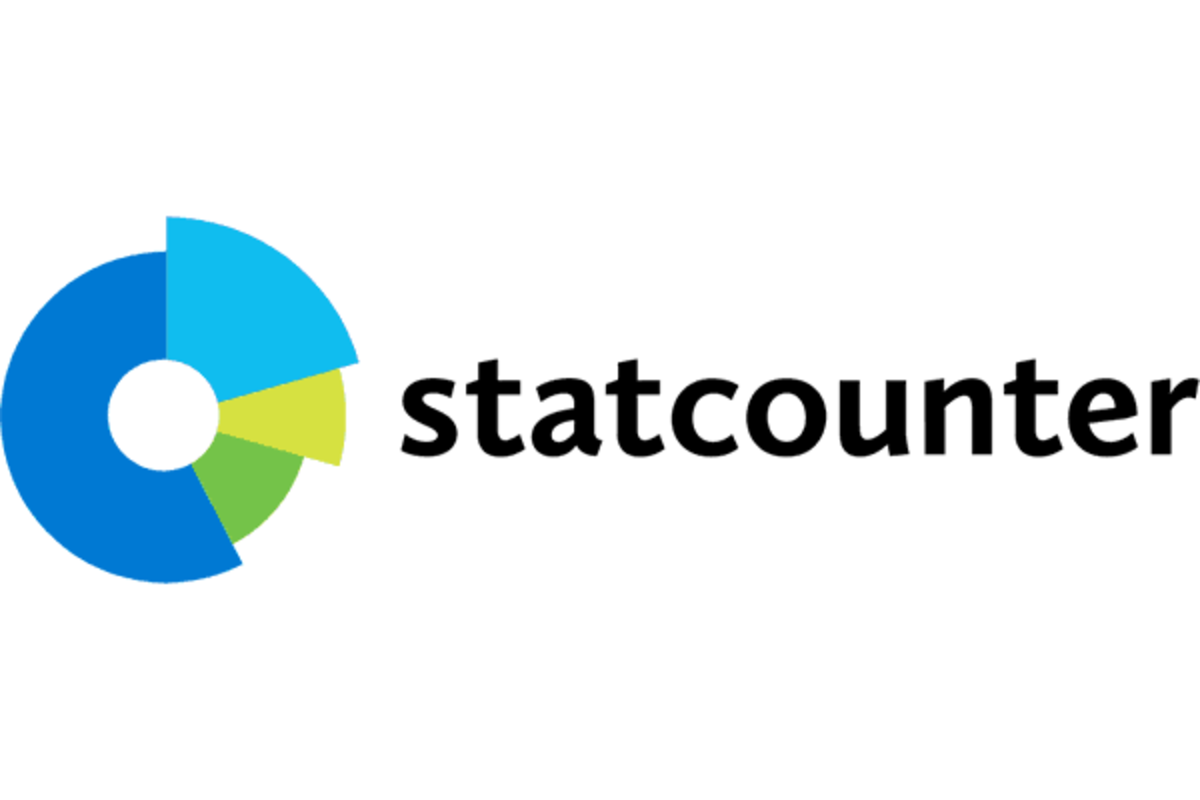Communication Network Structure in Building Environmentally Friendly Behavior (The Case of a Dense Community in Bogor City)
Abstract
Efforts to solve environmental pollution in densely populated communities in urban areas are not only the responsibility of the government. Communities as part of social system also have an important role to control the environmental impacts of pollution. One way that community members must do in reducing environmental damage is familiarize environmentally friendly behavior. This research focuses on the analysis of environmentally friendly behavior of Pulo Geulis community members in Bogor City. Pulo Geulis is a Delta in the middle of the Ciliwung River which more or less contributes to whether or not the Ciliwung River is polluted in Bogor City. The communication process is an important factor in changing individual behavior. This study aimed to analyze the structure of community communication networks in developing environmentally friendly behavior. Primary data was obtained through a survey of 100 respondents and in-depth interviews with several informants. Data were analyzed using sociometric methods. The results of sociometric analysis showed that the structure of the community communication network in building community-friendly behavior is a radial personal network. This structure illustrated that community information centers are located in certain individuals such as head of RW, head of RT, or Posyandu cadres. The radial personal network in this study also described the formation of clique, star, bridge, and isolates in the community communication network at Pulo Geulis.
References
Akama, Yoko, Susan Chaplin, and Peter Fairbrother. 2014. “Role of Social Networks in Community Preparedness for Bushfire.” International Journal of Disaster Resilience in the Built Environment 5(3):227–91.
Albayrak, T., Caber M, L. Moutinho, and L. Herstein. 2011. “The Influence of Skepticism on Green Purchase Behavior.” International Journal of Business and Social Science 2(13):189–97.
Bakti, Iriana, Hanny Hafiar, Heru Riyanto Budiana, and Lilis Puspitasari. 2017. “Pemberdayaan Pranata Sosial Melalui Komunikasi Lingkungan: Menakar Pelibatan Peran Perempuan Dalam Mitigasi Banjir Citarum.” Jurnal Kawistara 7(1):97–107.
Carstensen, Laura L., Derek M. Isaacowitz, and Susan T. Charles. 1999. “Taking Time Seriously: A Theory of Socioemotional Selectivity.” American Psychologist 54(3).
Cox, Robert. 2016. Environmental Communication and The Public Sphere. New York: Sage Publications.
Devito, Joseph A. 2011. Komunikasi Antarmanusia. Tangerang Selatan: Karisma Publishing Group.
DIKPLH. 2016. Dokumen Informasi Kinerja Pengelolaan Lingkungan Hidup Daerah Tahun 2016. Bogor: Pemerintah Kota Bogor.
Gifford, Robert and Andreas Nilsson. 2014. “Personal and Social Factors That Influence Pro-Environmental Concern and Behaviour: A Review.” International Journal of Psychology 49(3):141–57.
Goswami, Sribas and Samita Mann. 2013. “Urban Poor Living in Slums: A Case Study of Raipur City in India.” Global Journal of Human Social Science Sociology & Culture 13(4):15–22.
Johnson, David J., William A. Donohue, Charles K. Atkin, and Sally Johnson. 1994. “Differences Between Formal and Informal Communication Channels.” International Journal of Business Communication 31(2):111–22.
Jurin, Richard R., Donny Roush, and Jeff Danter. 2010. Environmental Communication: Skills and Principles for Natural Resource Managers, Scientists, and Engineers. 2nd Editio. New York: Springer.
Kennedy-Hendricks, Alene, Heather Schwartz, Rachel Johnson Thornton, Beth Ann Griffin, Harold D. Green, David P. Kennedy, Susan
Burkhauser, and Craig Evan Pollack. 2015. “Intergenerational Social Networks and Health Behaviors among Children Living in Public Housing.” American Journal of Public Health 105(1):2291–97.
Kerlinger, FN. 2004. Asas-Asas Penelitian Behavioral. Yogyakarta: Gadjah Mada University Press.
Kratzer, Jan, Oger Th A. J. Leenders, and Jo M. L. va. Engelen. 2004. “Stimulating the Potential: Creative Performance and Communication in Innovation Teams.” Creativity and Innovation Management 13(1):63–71.
Kurniawan, Victor, Anang Sudjoko, and Antoni. 2018. “Kolaborasi Merawat Brantas (Sebuah Studi Komunikasi Lingkungan Di Desa Sumber Brantas, Kota Batu, Jawa Timur).” CHANNEL: Jurnal Komunikasi 6(1):69–82.
Lyon, L. and R. Driskell. 2012. The Community in Urban Society Second Edition. United States of America: Waveland Press,Inc.
Mulyana, Deddy. 2015. Ilmu Komunikasi: Suatu Pengantar. Bandung: Remaja Rosdakarya.
Panjaitan, Nurmala K., Galuh Adriana, Ratri Virianita, Nanda Karlita, and Renita Intan Cahyani. 2016. “Kapasitas Adaptasi Komunikasi Pesisir Pada Kondisi Rawan Pangan Akibat Perubahan Iklim.” Sodality: Jurnal Sosiologi Pedesaan 4(3):281–90.
Van Rijnsoever, Frank J., Leon Welle, and Sjoerd Bakker. 2014. “Credibility and Legitimacy in Policy-Driven Innovation Networks: Resource Dependencies and Expectations in Dutch Electric Vehicle Subsidies.” Journal of Technology Transfer 39(4):635–61.
Rismawati, SD, IB Thoha, and SA Sasongko. 2017. “Geliat Ecofeminisme Pedesaan Dalam Pelestarian Lingkungan.” Jurnal Studi Gender Palastren 10(1):1–24.
Rogers, Everett M. 2003. Diffusion of Innovations 5th Ed. New York: Free Press.
Soekanto, S. 2007. Sosiologi: Suatu Pengantar. Jakarta: Rajawali Press.
Steg, Linda and Charles Vlek. 2009. “Encouraging Pro-Environmental Behaviour: An Integrative Review and Research Agenda.” Journal of Environmental Psychology 29:309–17.
Talukder, Majharul. 2012. “Factors Affecting the Adoption of Technological Innovation by Individual Employees: An Australian Study.” Procedia - Social and Behavioral Sciences 40:52–57.
Turasih and Lala M Kolopaking. 2016. “Strategi Adaptasi Perubahan Iklim Pada Petani Dataran Tinggi (Studi Petani Di Dataran Tinggi Dieng, Kabupaten Banjarnegara).” Sodality: Jurnal Sosiologi Pedesaan 4(1):70–82.
Van de Fliert, E. 2014. “Communication, Development, and the Natural Environment.” Pp. 125–37 in Handbook of Development Communication and Social Change, edited by K. Wilkins, T. Tufte, and R. Obregon. West Sussex: John Wiley & Sons, Inc.
Authors who publish with this journal agree to the following terms:
- Authors retain copyright and grant the journal right of first publication with the work simultaneously licensed under a

This work is licensed under a Creative Commons Attribution 4.0 International License. that allows others to share the work with an acknowledgement of the work's authorship and initial publication in this journal. - Authors are able to enter into separate, additional contractual arrangements for the non-exclusive distribution of the journal's published version of the work (e.g., post it to an institutional repository or publish it in a book), with an acknowledgement of its initial publication in this journal.
- Authors are permitted and encouraged to post their work online (e.g., in institutional repositories or on their website) prior to and during the submission process, as it can lead to productive exchanges, as well as earlier and greater citation of published work (See The Effect of Open Access).




.png)










